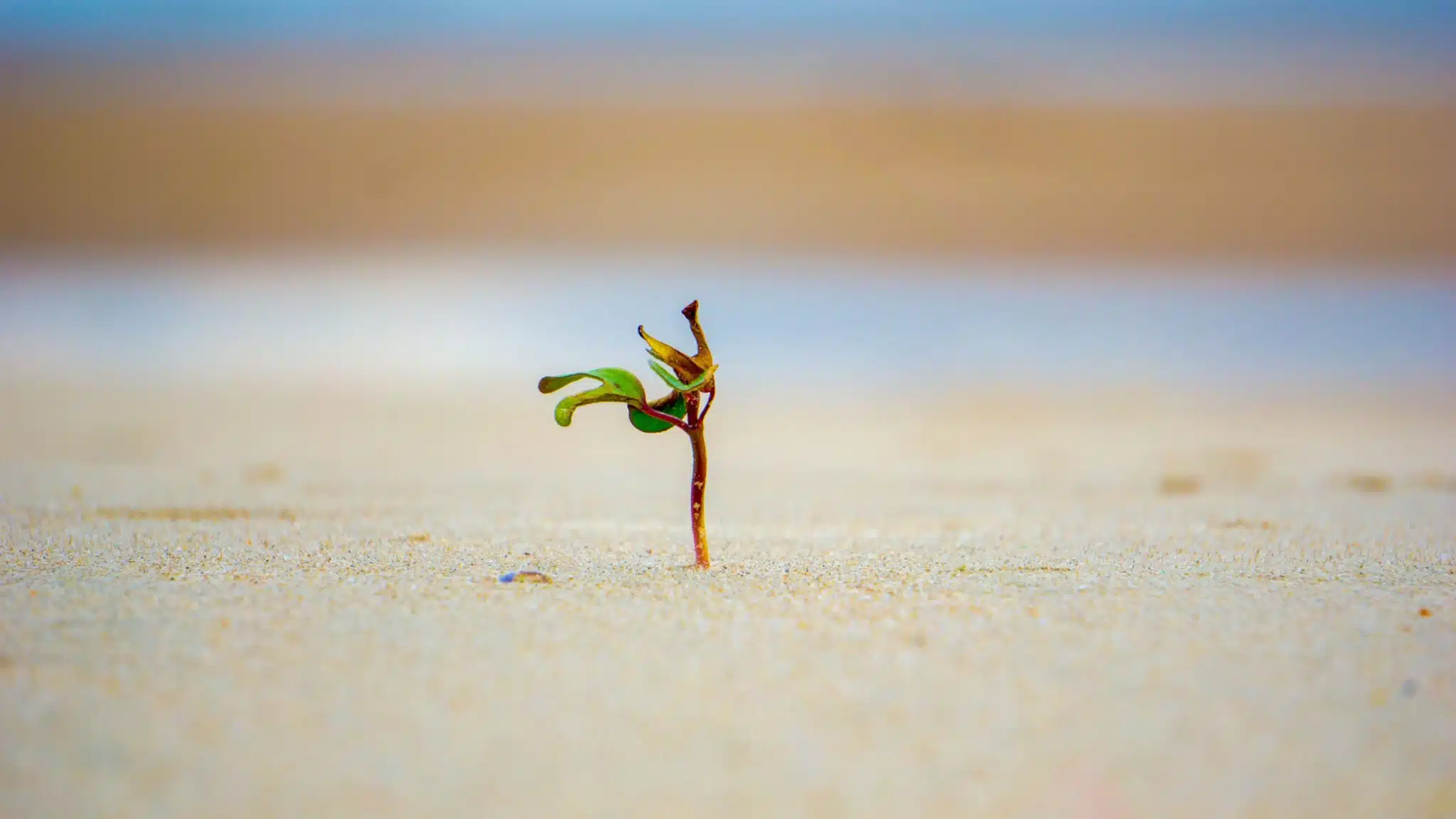
Innovative nature based solution offers hope in race to achieve food security, improved nutrition and more sustainable agriculture.
GILBERT, AZ (December 2, 2020) –Heliae Development, LLC and Agricola Cerro Prieto (ACP) today announced the findings of a year long water retention trial with global significance, revealing a major advancement in the world’s ability to sustain itself by transforming sand to soil, thereby expanding the boundaries where food can be grown while greatly increasing soil health and water retention.
The significance of global warming and climate change on global food production cannot be over-estimated. The goal to end hunger, achieve food security and improved nutrition and promote sustainable agriculture through the Sustainable Development Goal 2 (SDG 2) is a top focus for Heliae. With deserts comprising an estimated one-third of the Earth’s total landmass and 23 hectares of arable land lost per minute to desertification, Heliae’s microalgae based innovation, PhycoTerra® , could be a just-in-time natural breakthrough in enabling global food production on marginal land.
Eric Lichtenheld, President and CEO of Heliae observes, “Heliae’s ten years of unwavering commitment to researching algae, shows that, as demonstrated in this trial,with PhycoTerra, that a nature based solution may be at least one technology to help counter this threat and give us all our first and best chance at a sustainable future where food insecurity does not exist.”
Heliae’s and Agricola Cerro Prieto’s water retention trial began in November of 2019 on onehundred barren acres of desert. The planting conditions were 99% sand, where conventional methods of agriculture are not supported. The crops selected were water intensive table grapes, asparagus, avocado trees, and blueberry bushes.
From the start PhycoTerra ® was introduced as a natural intervention for crop growth in adverse conditions. As a result, it increased the microbial population and improved the water holding capacity by close to 15%, giving sand the same water retention properties that make soil fertile and barren lands farmland. As a consequence, thriving acres of test crops were produced.
Alfredo Lira Chirif, General Manager of ACP adds “This is what the world needed, an actionable technology that makes the sustainable impact tackling this crisis requires. Working with the experts at Heliae, we are finding a way and it’s quite remarkable. Now we need to get this in the hands of other agribusinesses.”
David Godfrey-Thomas, CEO of Afina, Heliae’s international commercialization partner, remarked, “Enabling sustainable farming in desertified landscapes is a reality we all face, and the results of this trial give me hope that it is possible to improve food security and water conservation worldwide, but only if other concerned parties step up to the challenge.”
Eric Lichtenheld had this to say about what needs to happen next, “The results from this desert trial, along with results from our other converntional soil/crop trials point to one thing – that it is possible to regenerate the soil microbiome, and the structure of almost any soil type with Phyocterra. I believe SDG 2 is achievable, so long as we focus on the soil beneath our feet in honor of world soil day.”



